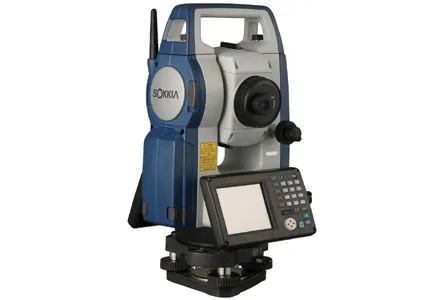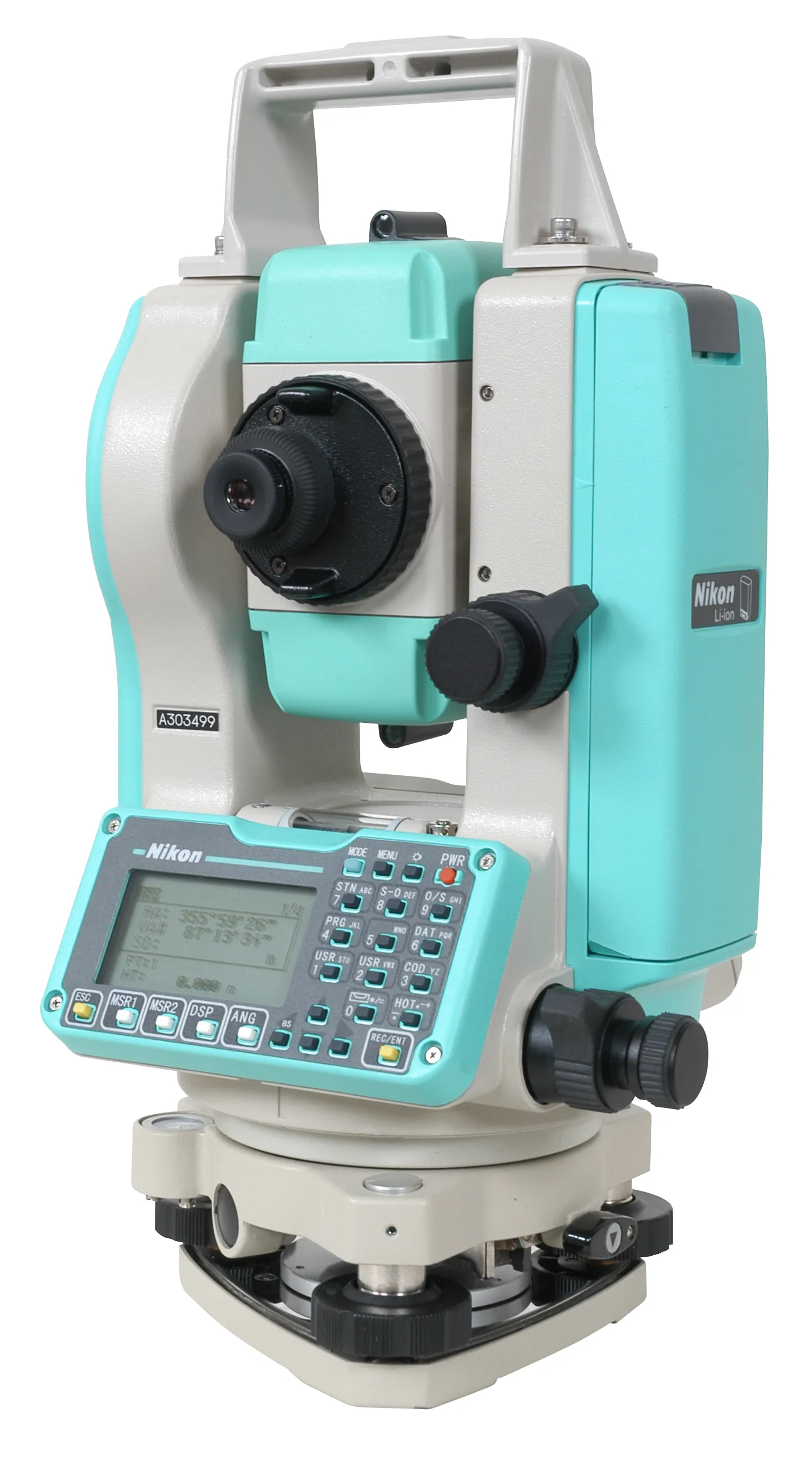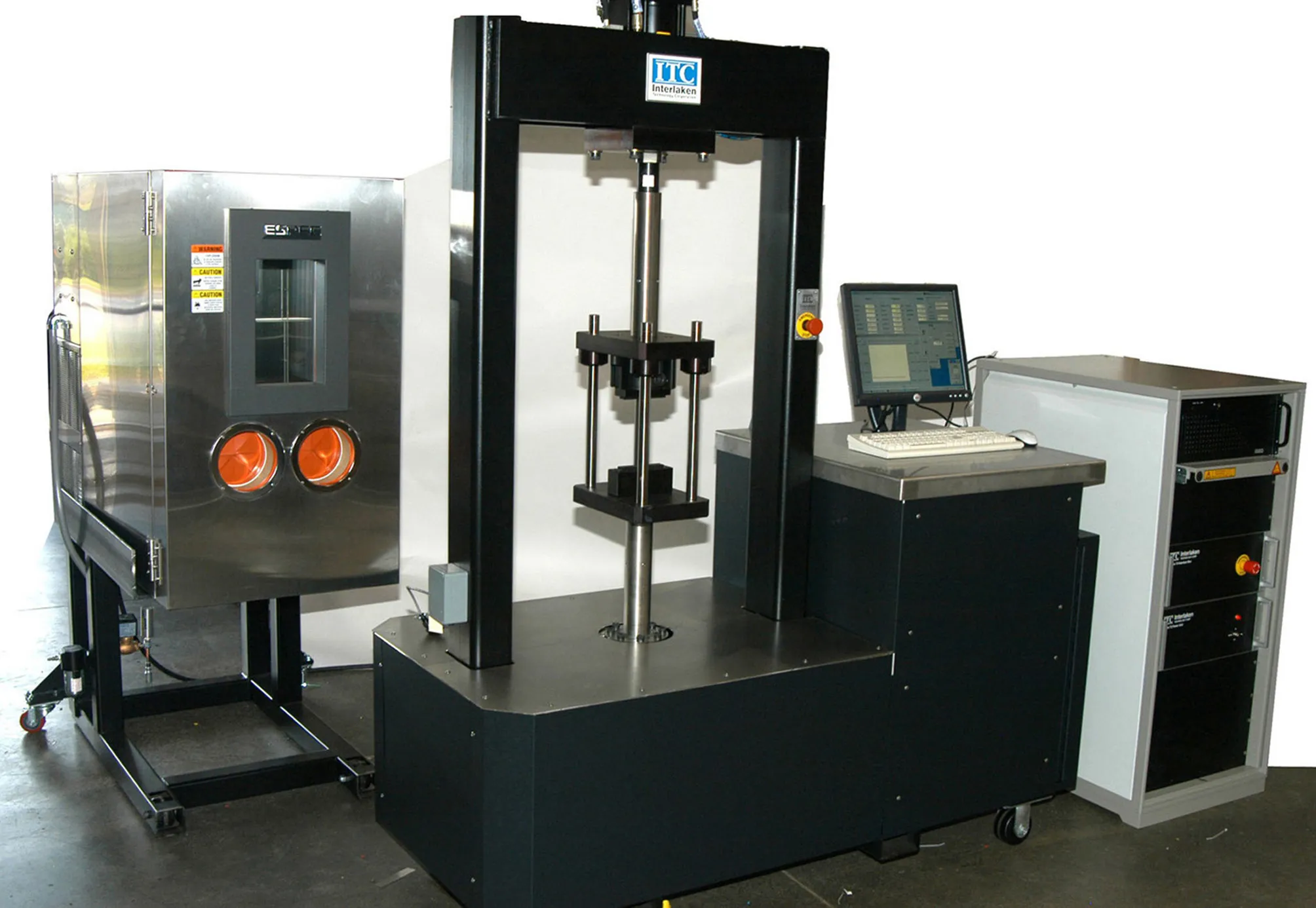Sokkia has launched its new FX reflectorless total station – said to come with the construction industry’s most complete package of innovative technologies. The FX includes on-board Magnet Field application software, the TSshield telematics-based communications module, and a long-range wireless communications system using Bluetooth Class 1 technology.
June 21, 2012
Read time: 2 mins

The FX includes on-board Magnet Field application software, the TSshield telematics-based communications module, and a long-range wireless communications system using Bluetooth Class 1 technology.
Said to contain the most accurate and powerful electronic distance measurement (EDM) in its class the Red-Tech EDM, another feature of the FX total station, is said to be a long-established, reliable technology from Sokkia, improved by the firm to allow the FX to produce a tight beam signal and strong returns from the most difficult dark and wet surfaces.
The TSshield feature of the FX, said by Sokkia to be the survey industry’s only security and maintenance system, enables owners to receive on-board notices of available firmware updates. If the instrument is lost or stolen, it will allow the owner to send a coded signal virtually anywhere in the world to the instrument, to locate the instrument as well as disable it.
The wireless communications module, when connected with an external data collector, records data for codes and remote rod position. The remote operator can record data at the pole, eliminating many common errors. For stakeout, the operator can view in real time the directions required to find the stake point.
Teams using the FX can function in a similar way to those using a robotic system, by placing the field controller at the prism, the instrument operator only needs to aim the EDM.
Further features of the FX series include Windows CE6.0 on-board with MAGNET Field, a non-prism operating distance of 500metres (4,000metres with a prism), and an advanced angle measurement system. The total station is also said to have a waterproof, rugged and operator-friendly design.








